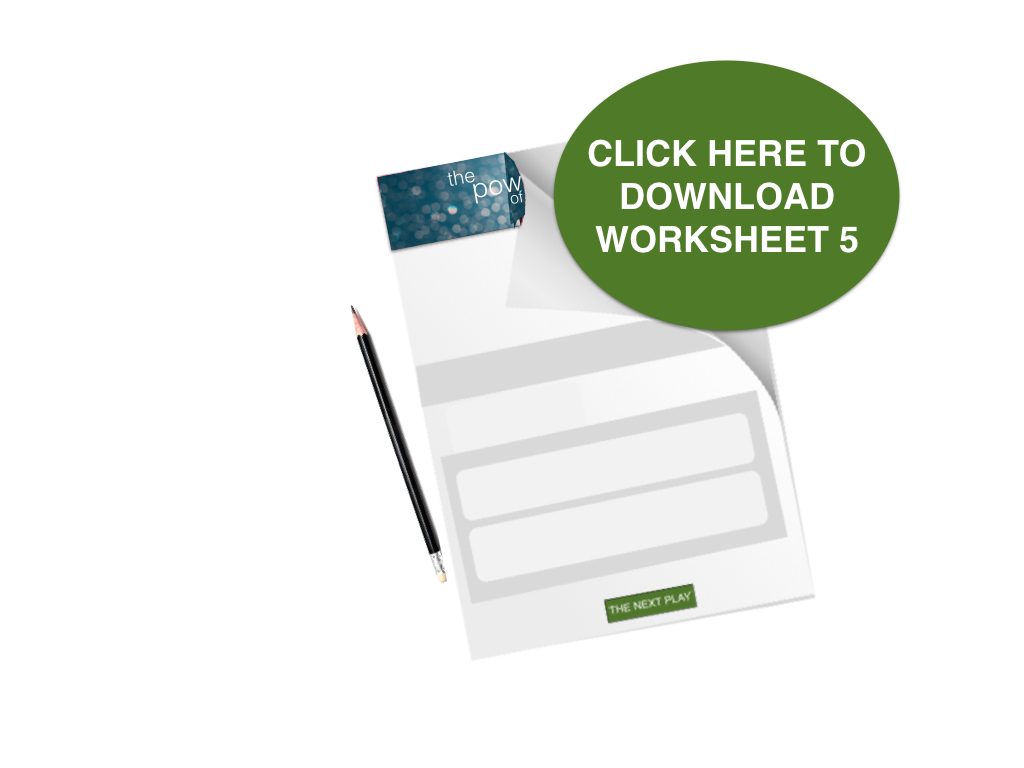THE CONCEPT: TRAIN YOUR THOUGHTS
“We see the world not as it is, but as we are.” -Albert Einstein
In our last topic, we looked at how to set a solid foundation in our lives by defining and living in alignment with our personal core values. And, even when we’re well-grounded in those values, we might face a situation that requires us to dig even deeper.
Before we dig into the meat of this topic, I want to acknowledge that there are many people who have enhanced my respect for and understanding of this subject, and I want to acknowledge their hard work and wisdom. These people are: Chris Argyris and Robert Putnam (the Observer-Action-Results model); Chalmers Brothers (who wrote about the Observer-Action-Results model in his book Language and the Pursuit of Happiness); and Alexander Caillet (who taught me about his model “The Thinking Path” during my time at Georgetown University’s Leadership Coaching Program).
Sometimes in life, we reach a point when realize when we want – or need – to make a change, but get stuck on the ‘how.’ Many of us are familiar with the saying that the definition of insanity is doing the same thing over and over again and expecting different results.
As the quote suggests, in order to achieve different results, we need to try a different approach. But here’s the step that many of us miss: have you ever stopped to consider what’s informing your approach?
If we try to move forward without assessing what’s informing our approach, we will keep going back to the same list of actions, and achieving essentially the same outcomes (see above: insanity). What we need to do is take it back a step farther to actually examine how we relate to the topic or issue at hand. How do we think about this thing? What feelings are attached to it?
If we can start there, and begin to alter the way we think and feel about something, we can actually open ourselves up to a whole new set of possibilities that we might not have had the ability to see with our prior perspective.
Let’s take a simplified example that many of us might be able to relate to: I’m over-committed and burning out on stress.
Background: You’ve tried a million times to avoid it, but no matter what you try, you find yourself exhausted and stressed. You know all about self-care, meditation, and taking a pause, but no matter how you try to create boundaries in your schedule for these things, you end up breaking those boundaries for emergencies that just can’t wait.
Taking a step back from this to ask yourself: What am I experiencing? What am I doing that’s leading to this experience? How am I feeling? What do I believe? What is my reasoning? What is leading me to choose this? You suddenly realize…
“I’m saying yes to all of these commitments (burn out!) and no to myself (de-prioritizing self-care) not because of poor time management, but because I feel anxious, and believe I’m only valuable and worthwhile when I’m in service to others.” Bingo! There’s the insight that can lead to real transformation.
Once you realize the thinking and beliefs that are informing your perspective, you suddenly get to choose. With awareness comes choice!
You then have to do the hard work of asking yourself, what do I want to replace that belief with? How would I like to feel? What might I like to do? What would an ideal outcome look like? Dream up what the new you might look like if you were to replace that belief with something new, and build the picture out from there. It might sound something like…
“I believe I hold innate value because of who I am, not what I do. I will say yes with intention, and no with confidence.”
After you design (in detail!) what the new picture looks like, set some specific goals for yourself for what achieving this new state will look like. Then, support those goals with a few new practices you’re going to integrate into your daily life. You can ensure you stick to this plan by reinforcing your new belief with conversation (talk with someone who respects and loves you about what you’ve come to realize and what you’re trying to change), which in turn will cultivate accountability (they’ll help you make sure you stay on track), and affirmation (repeat your new belief to yourself, and practice saying it out loud to others).
This is not easy, but it’s possible. Believe in the power of choice to create change.
TRY IT!
Click on the image below to download this topic’s worksheet.

